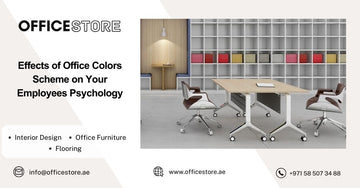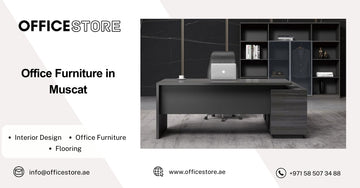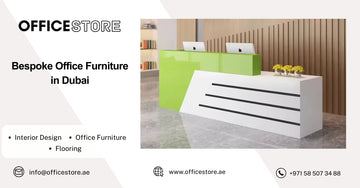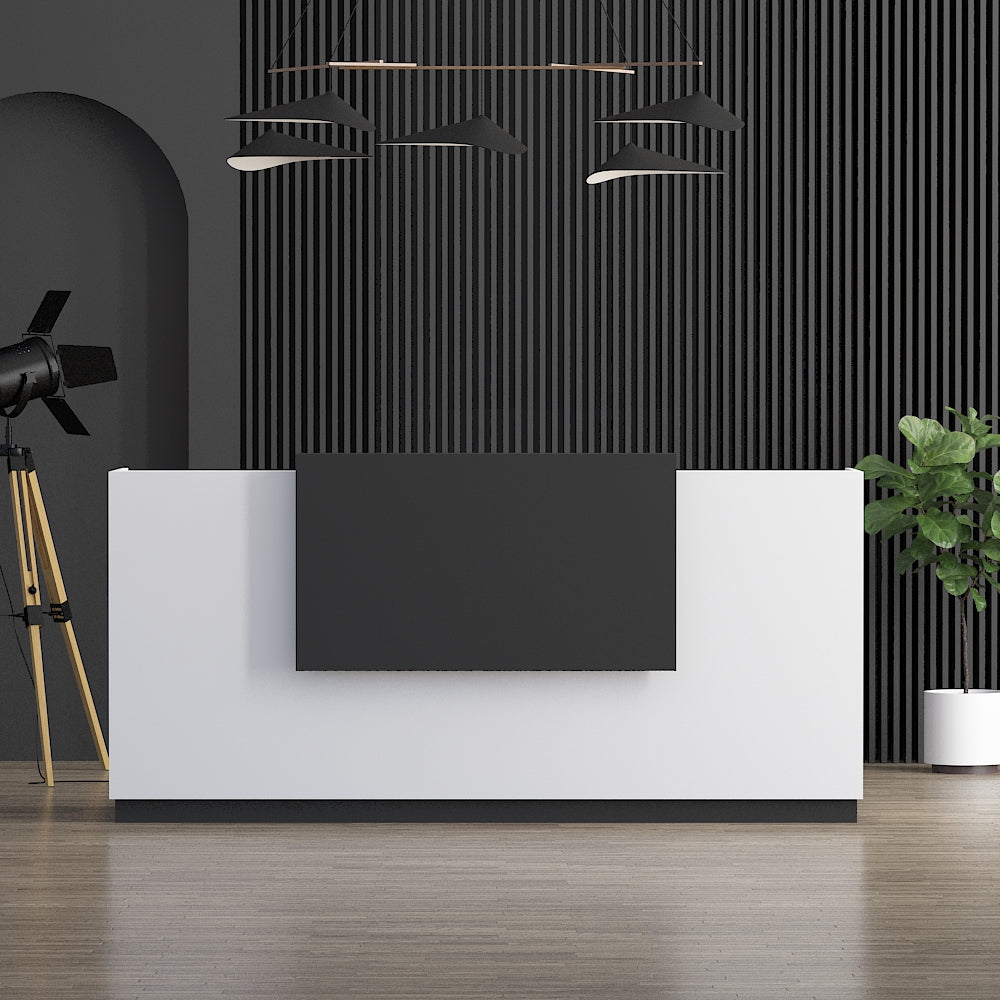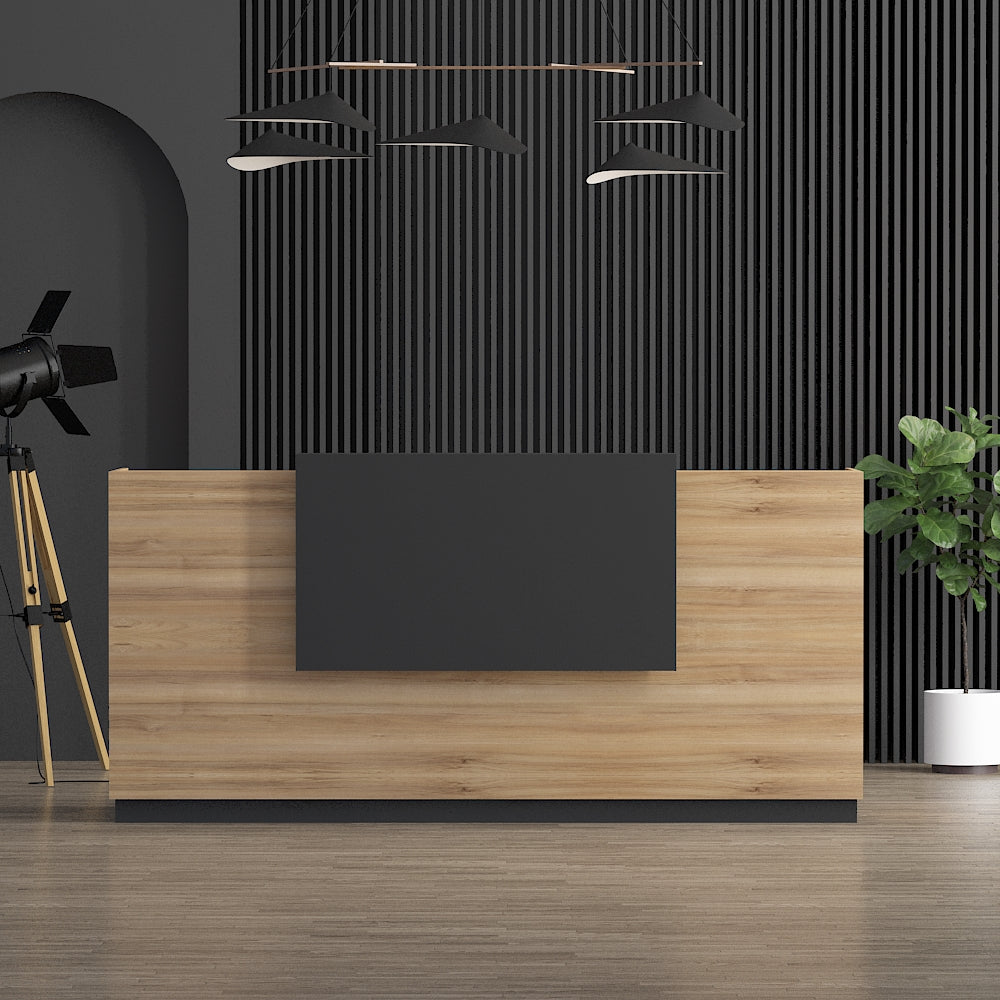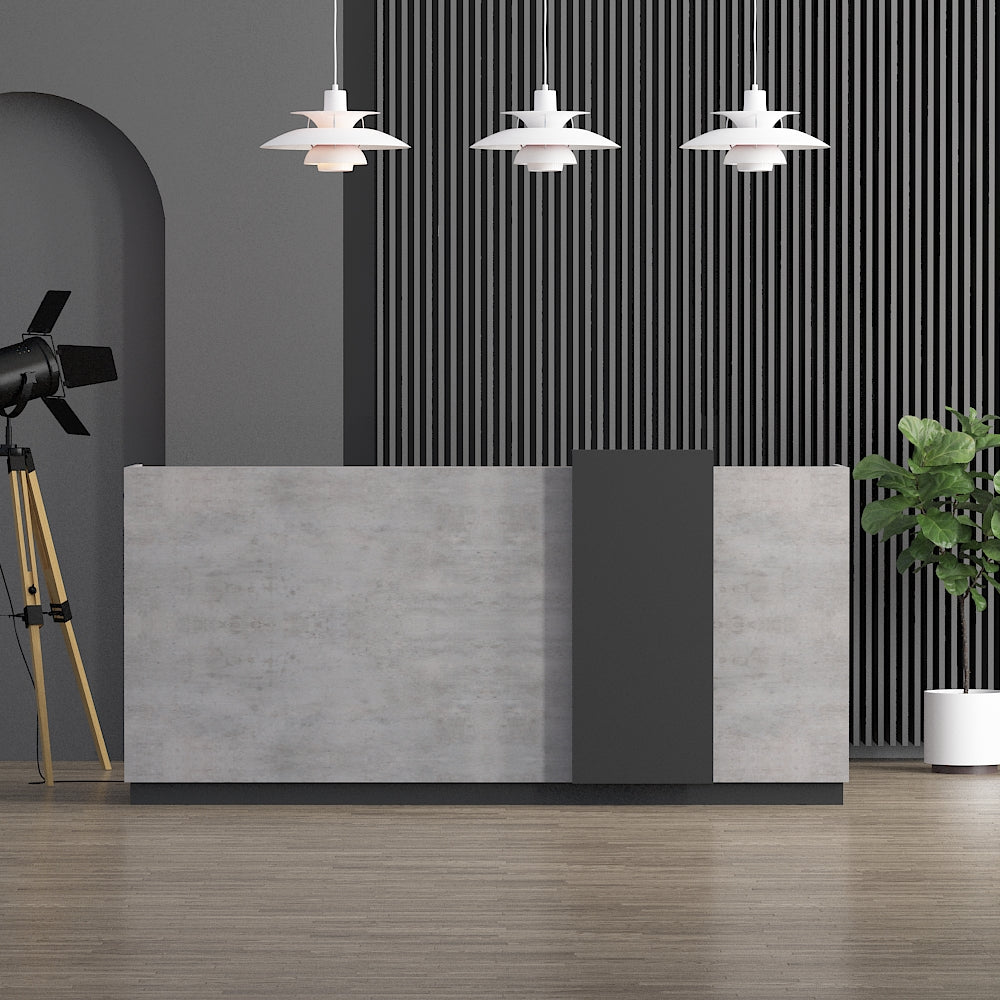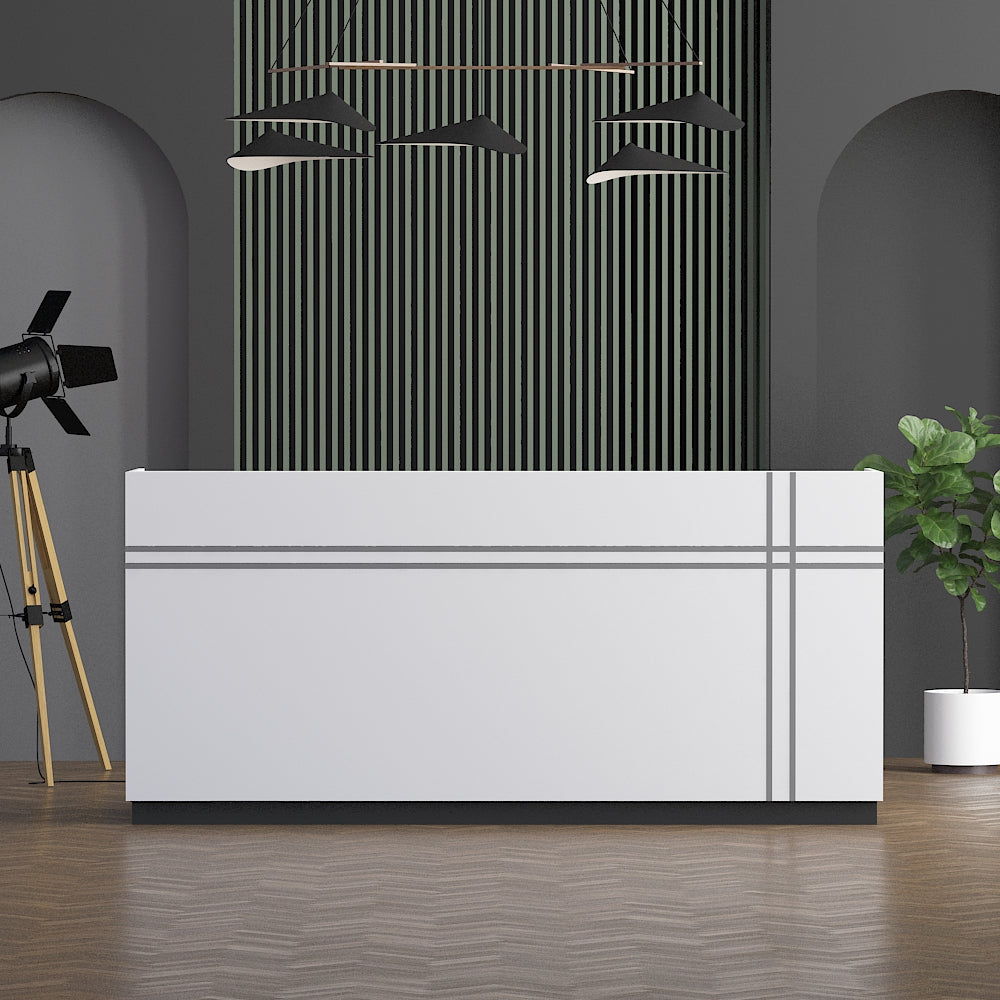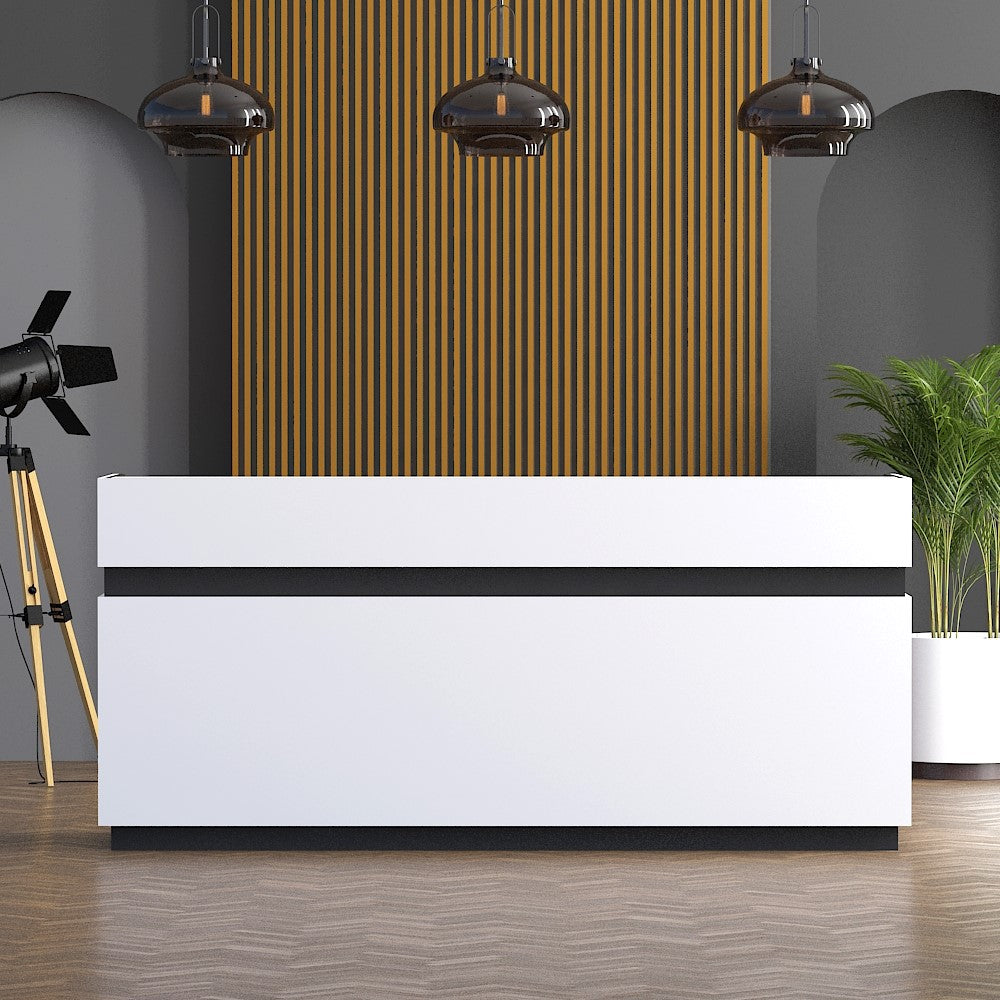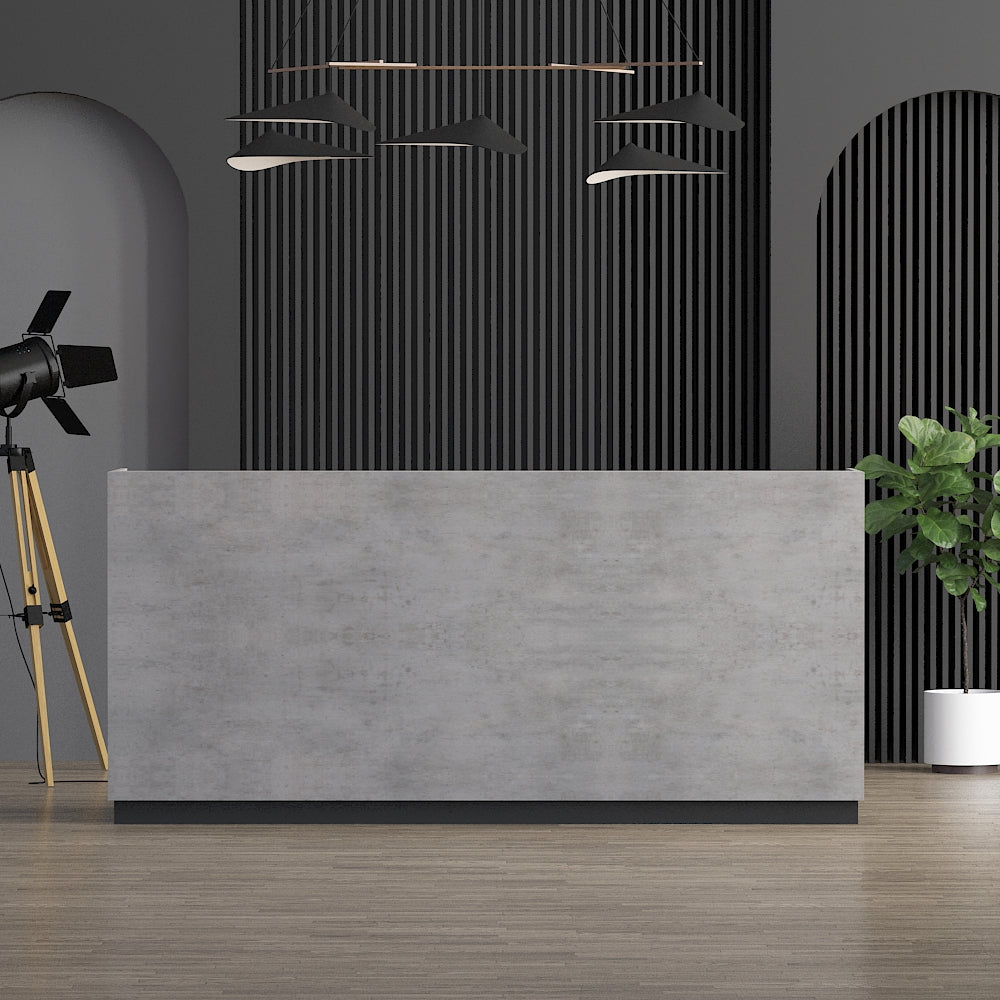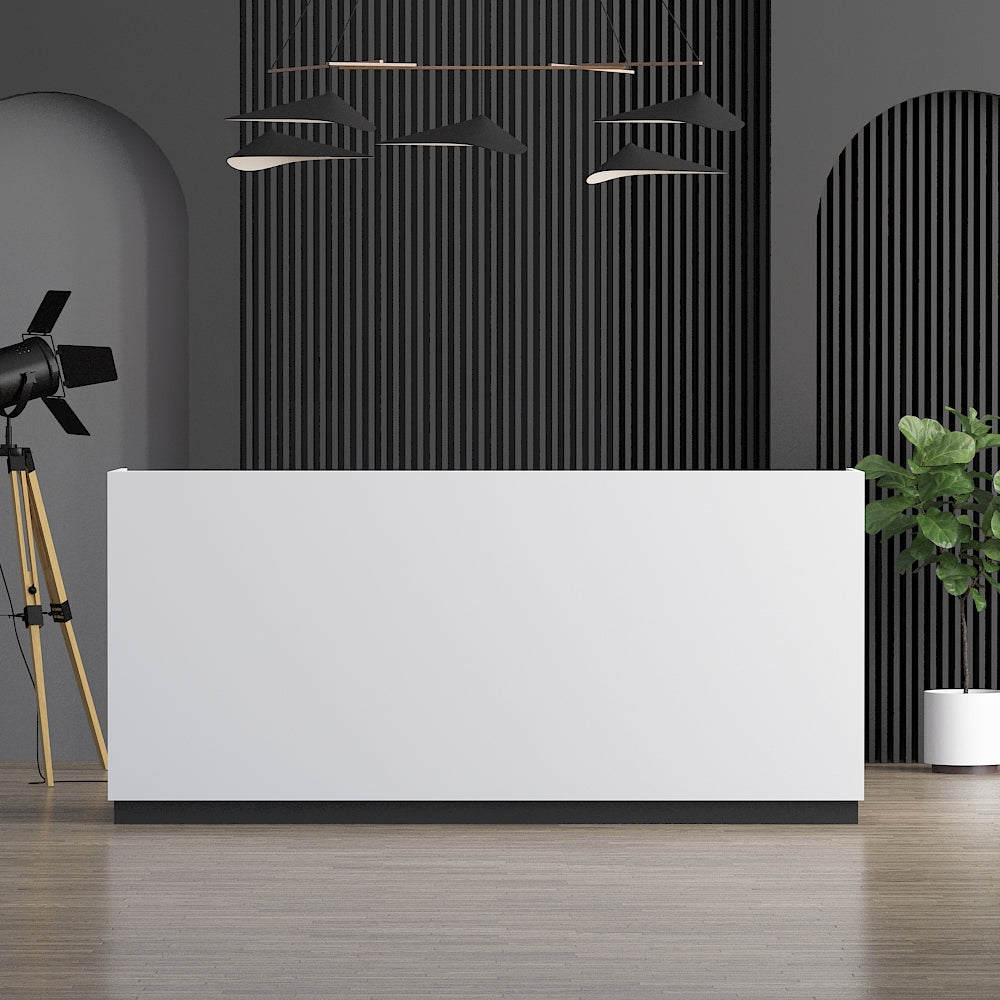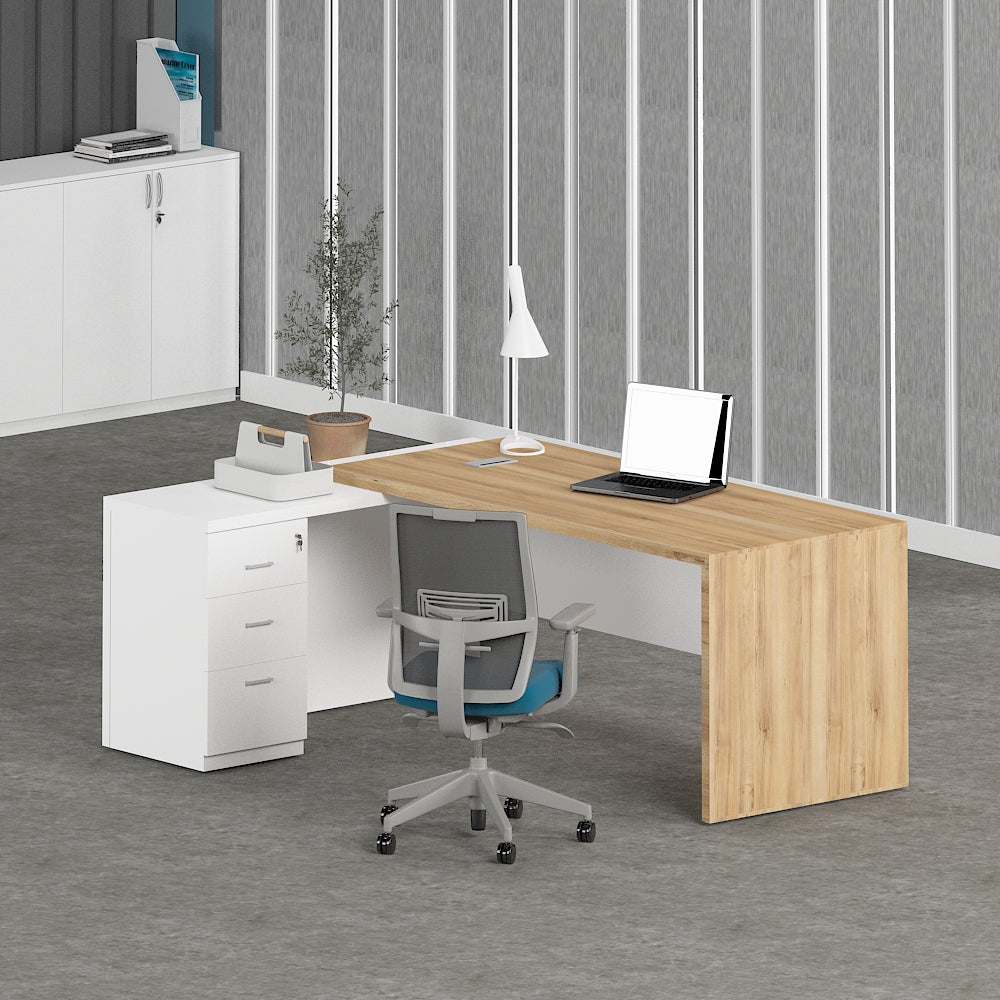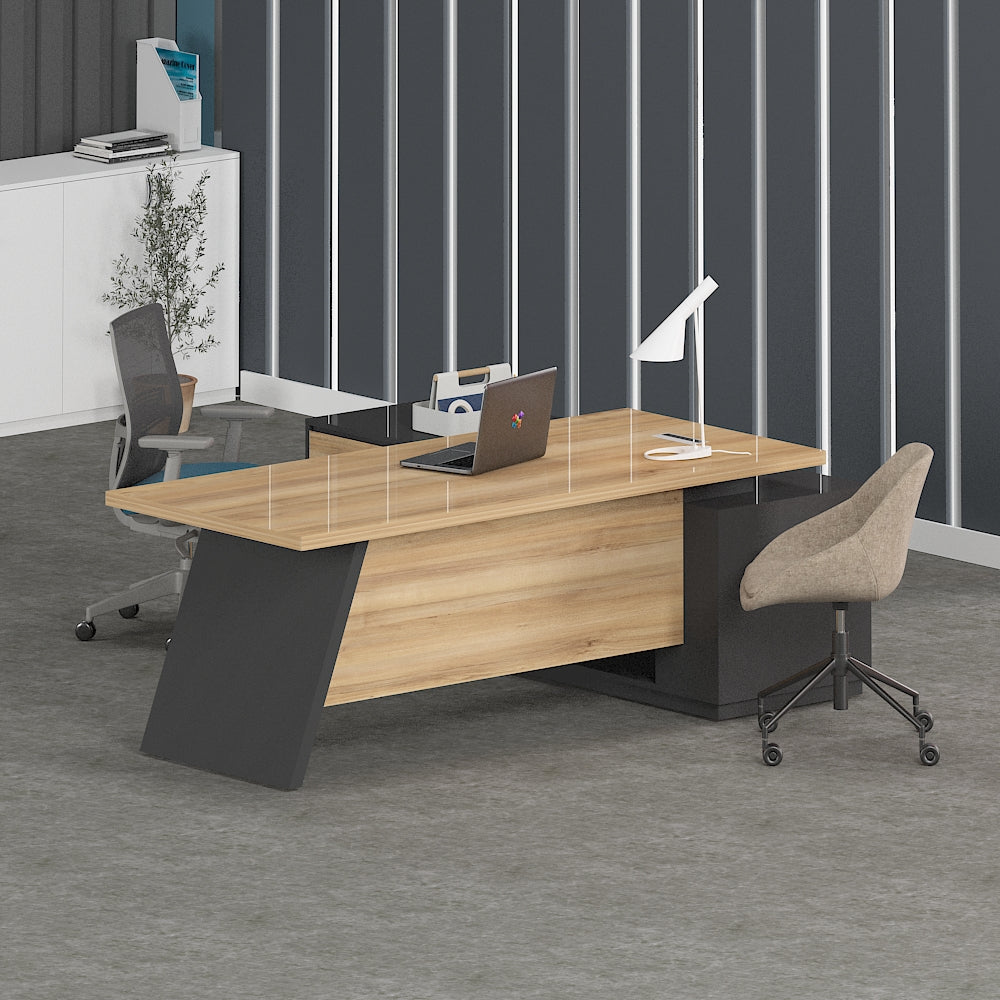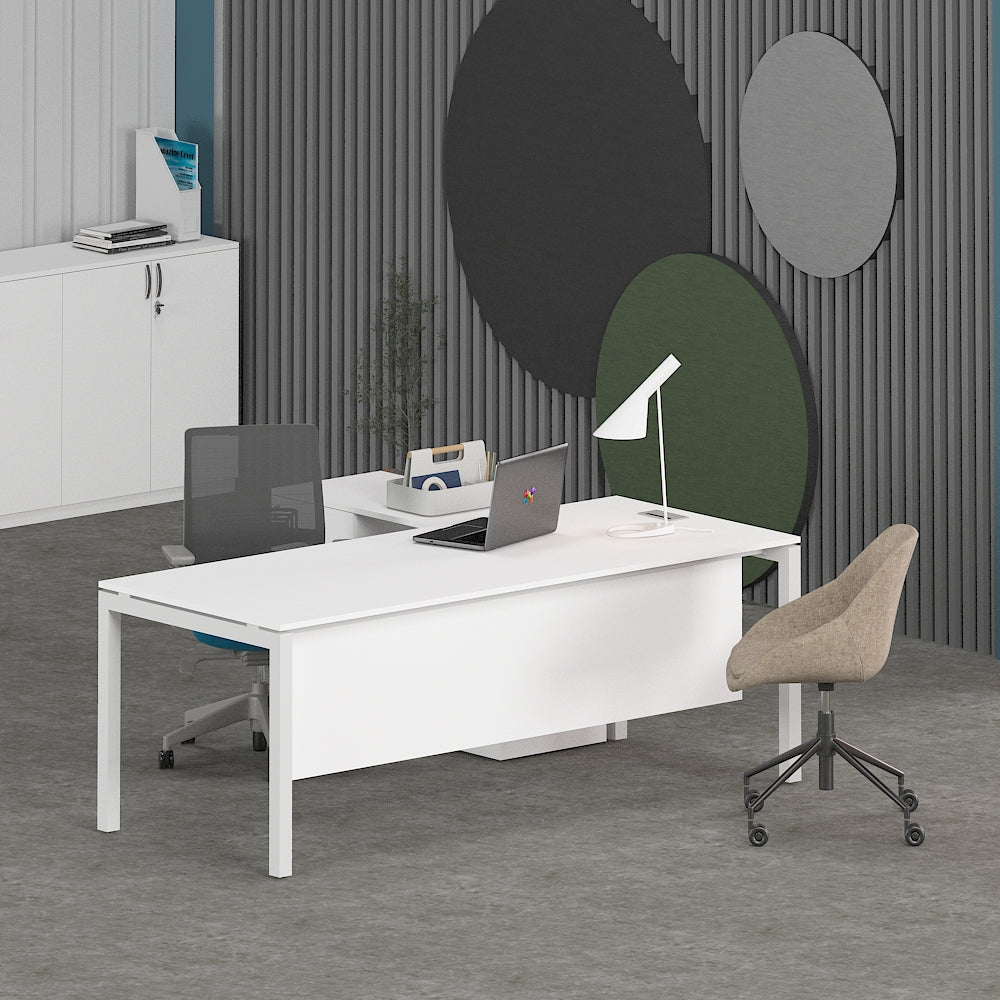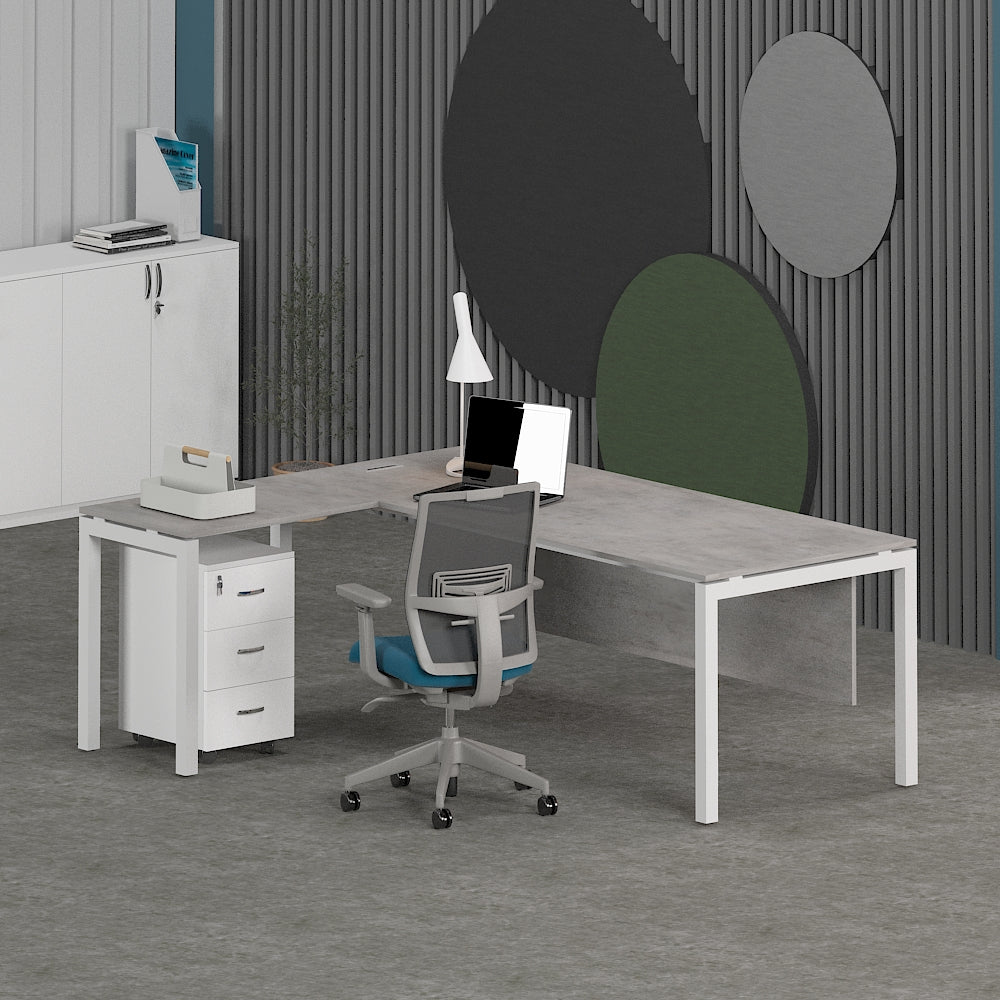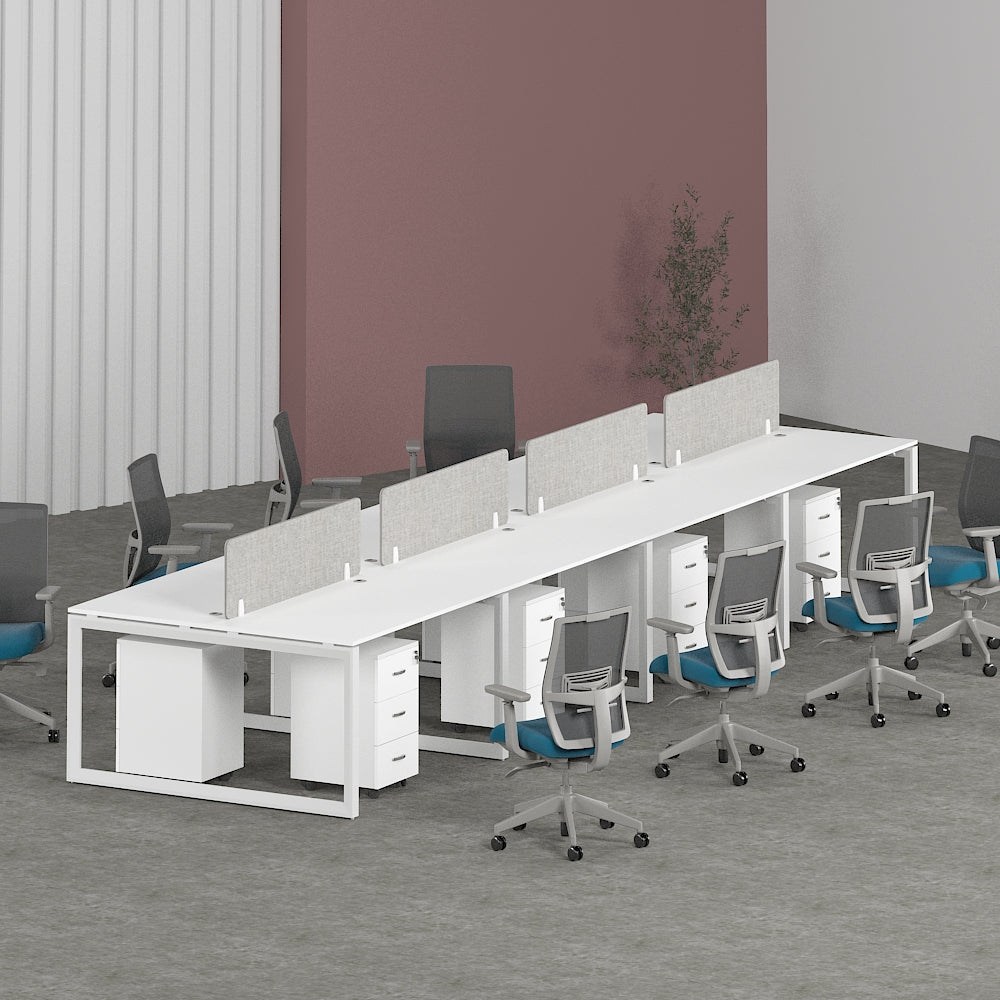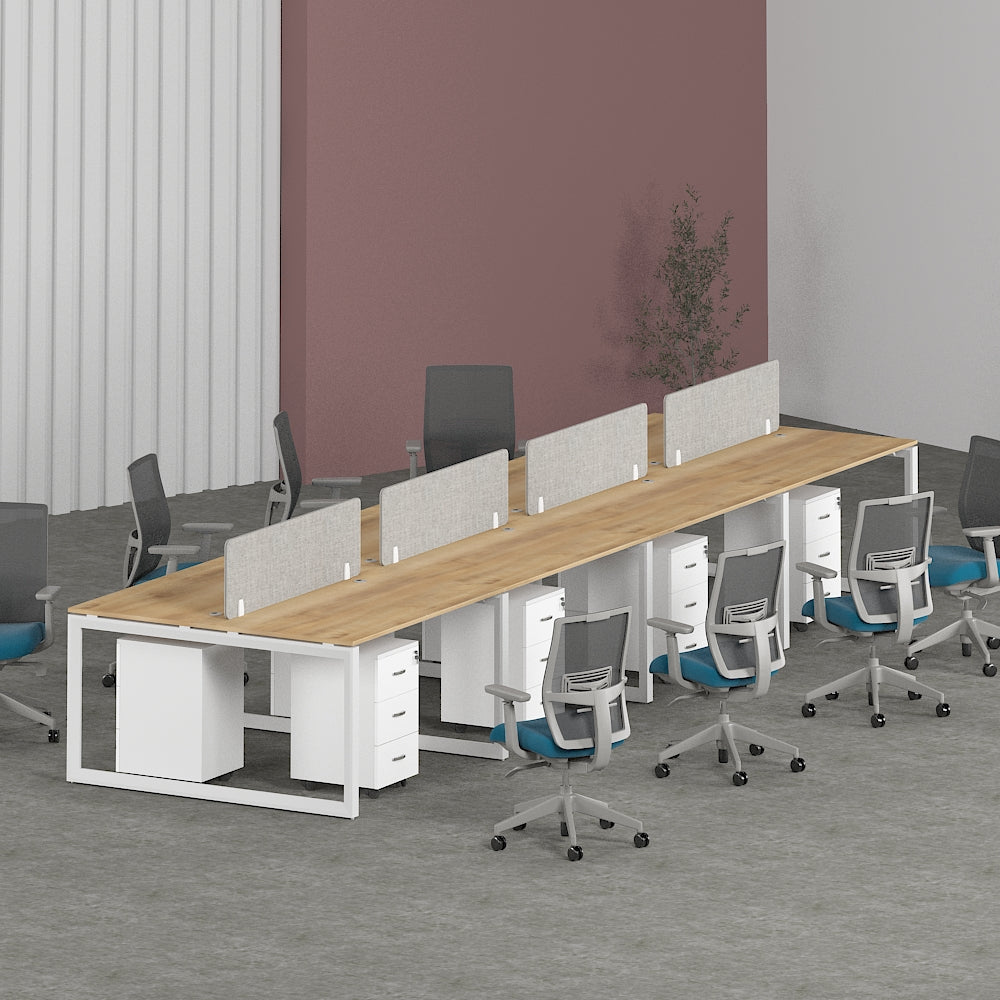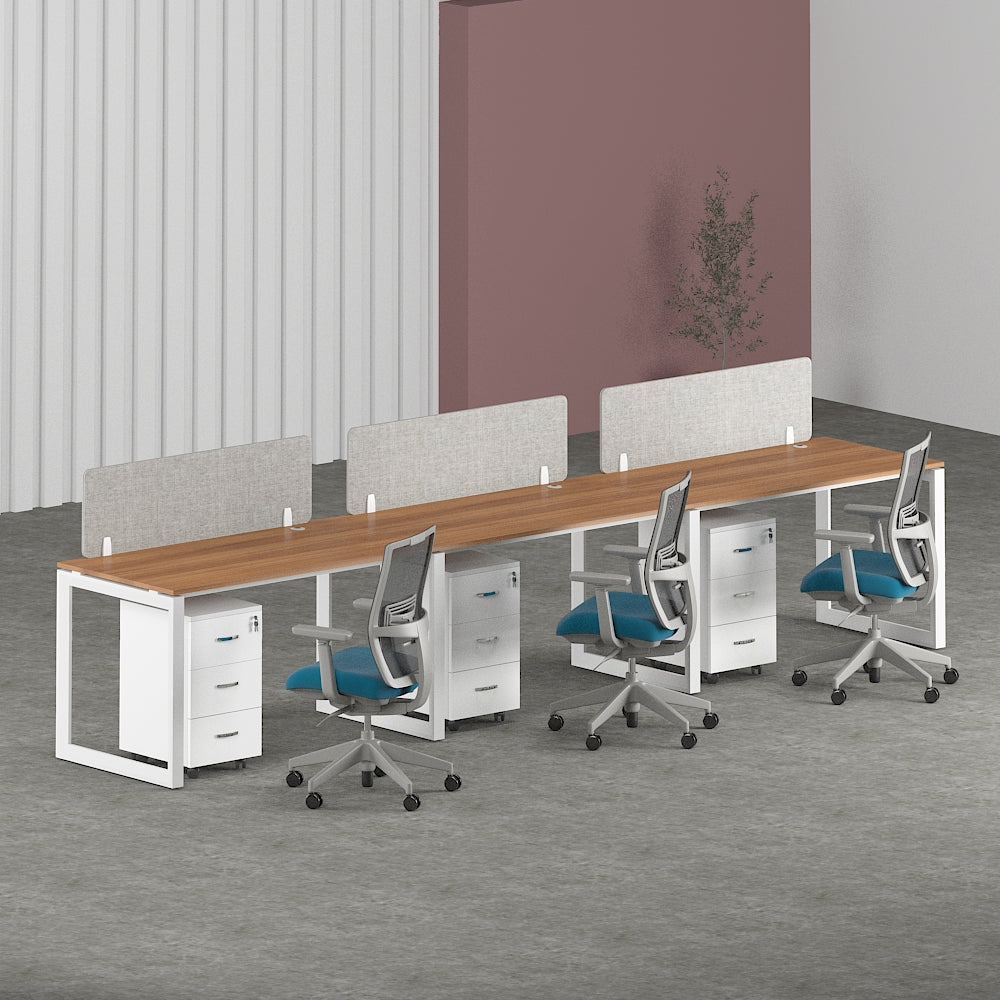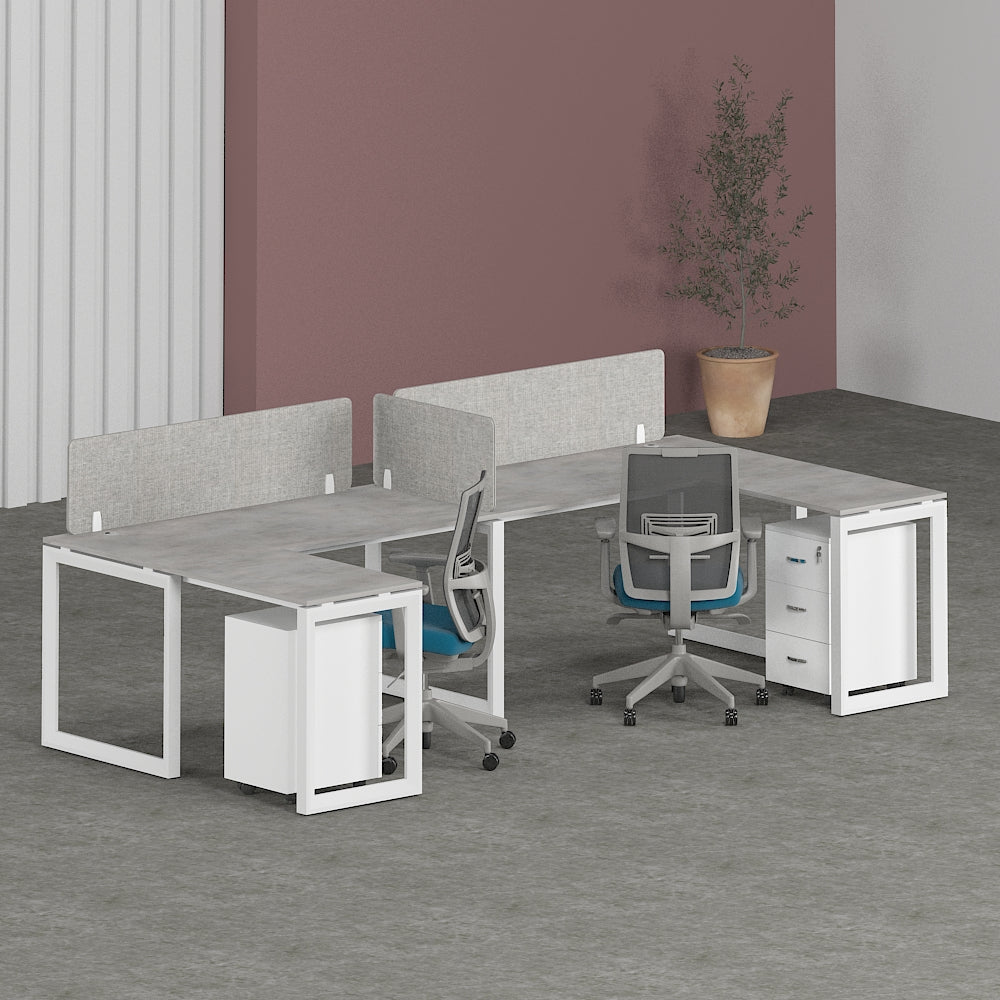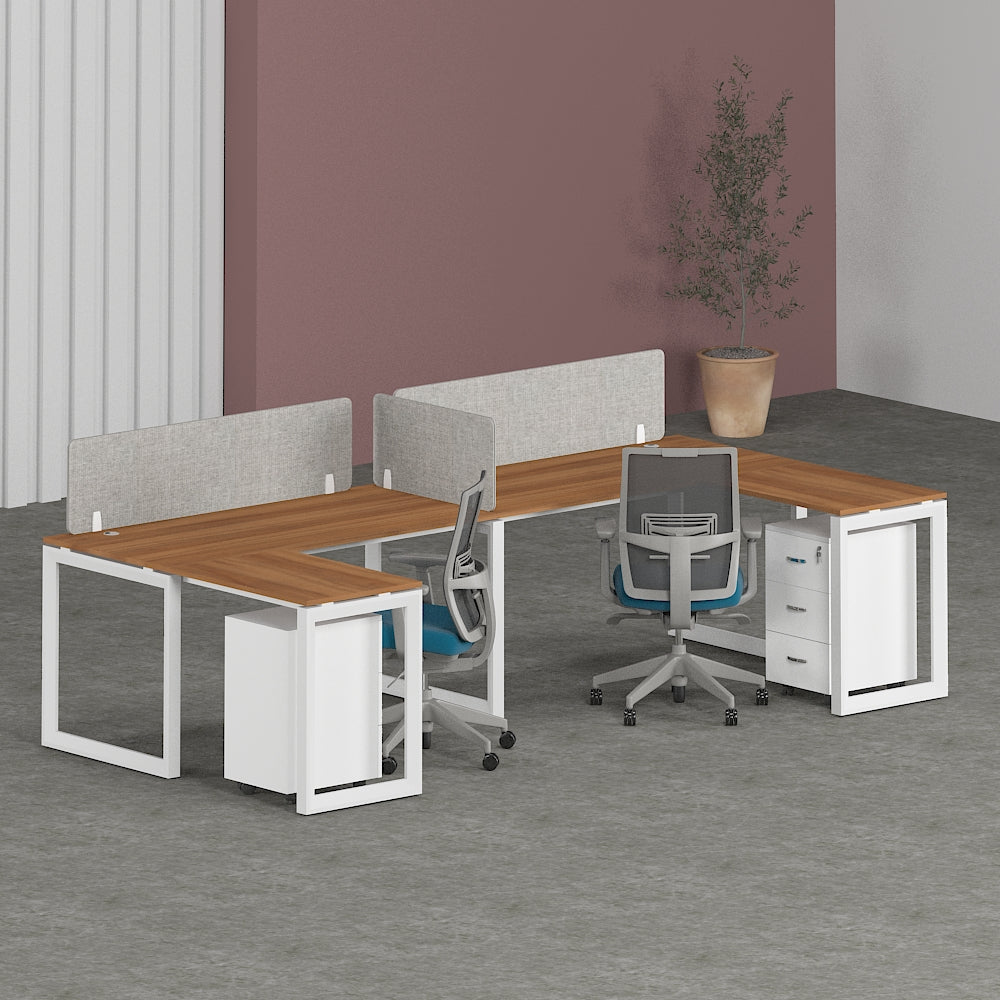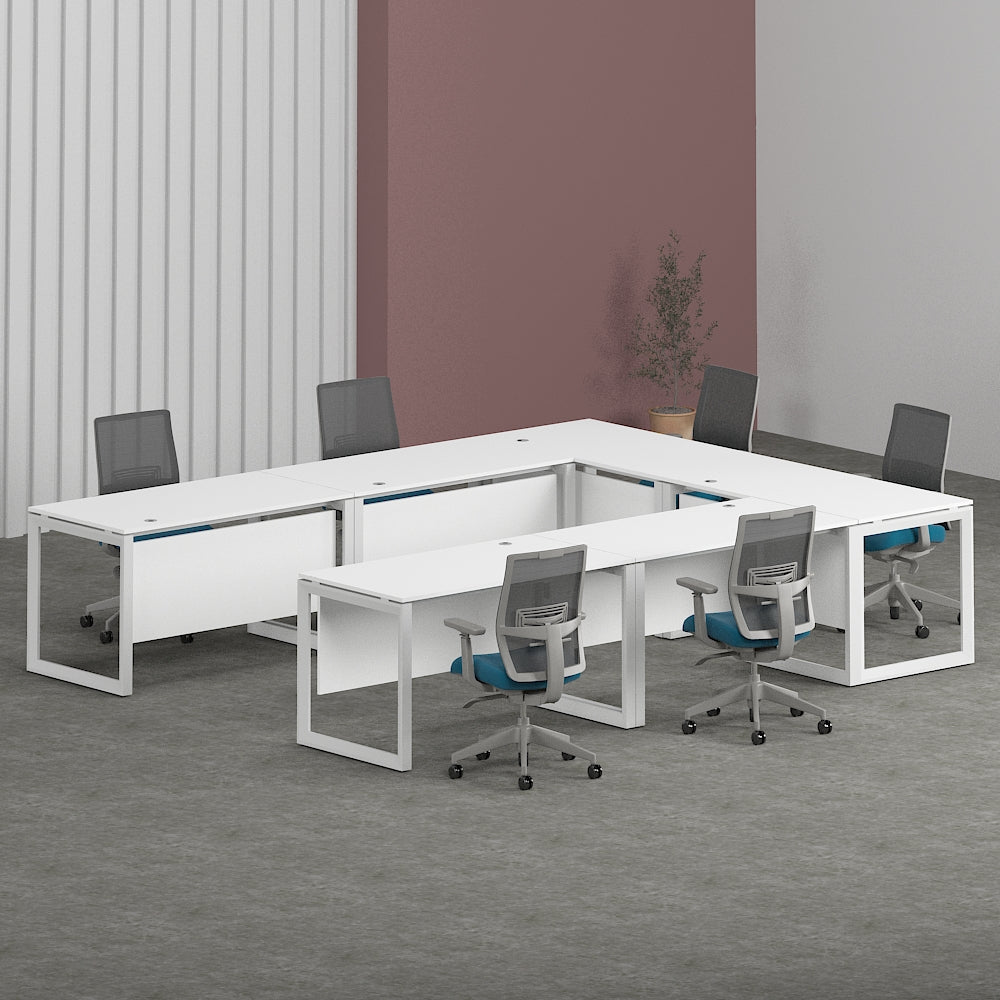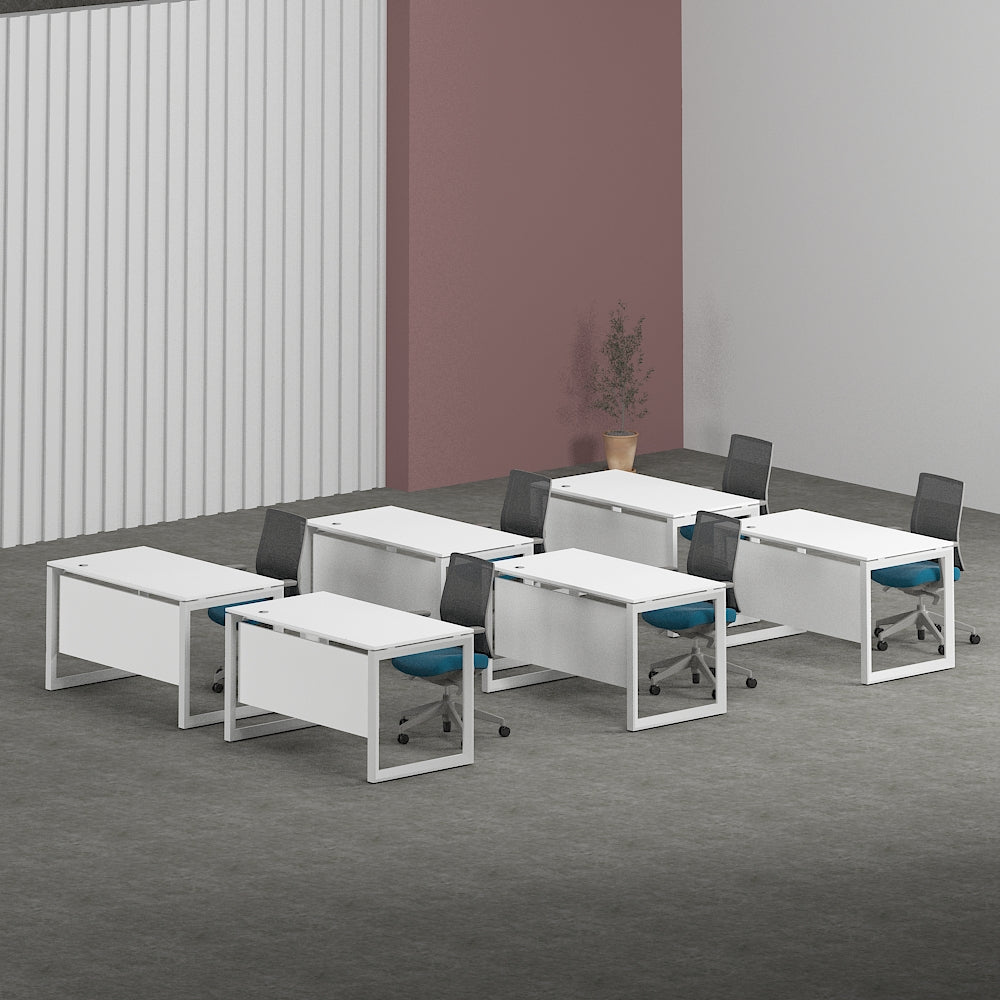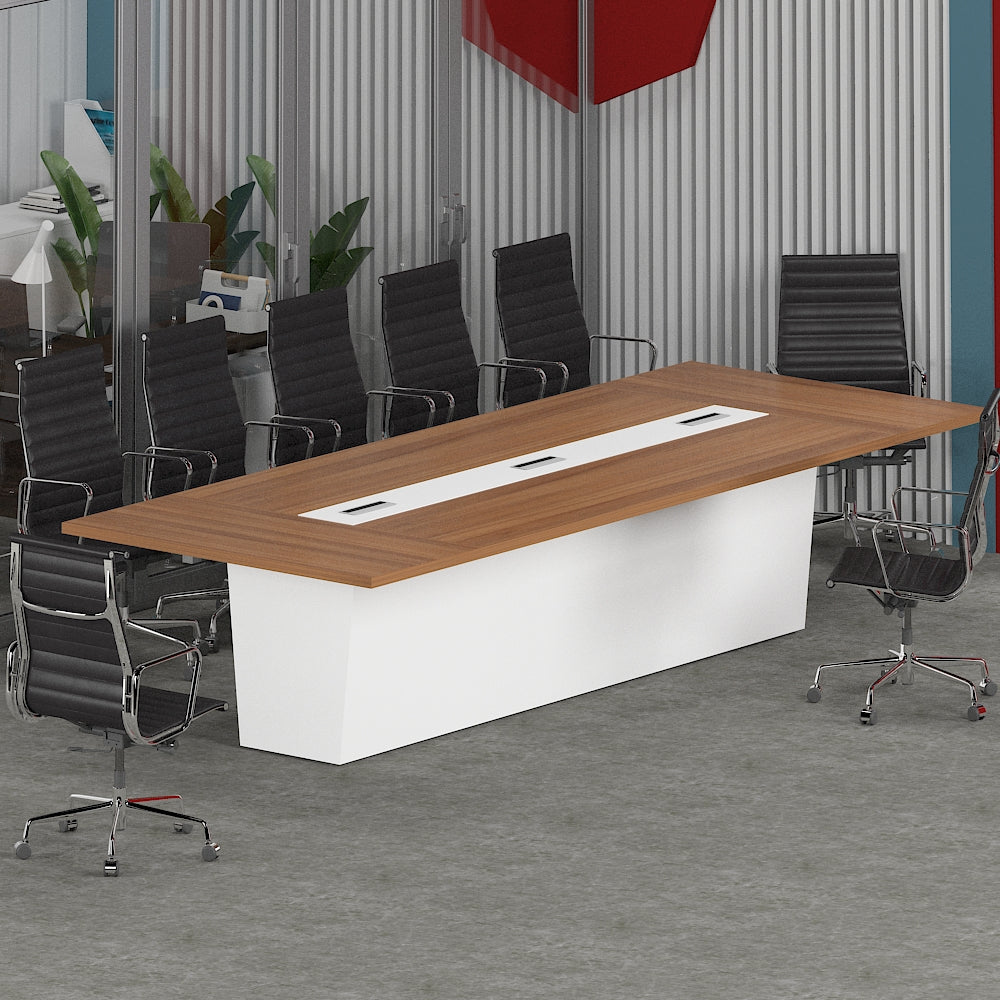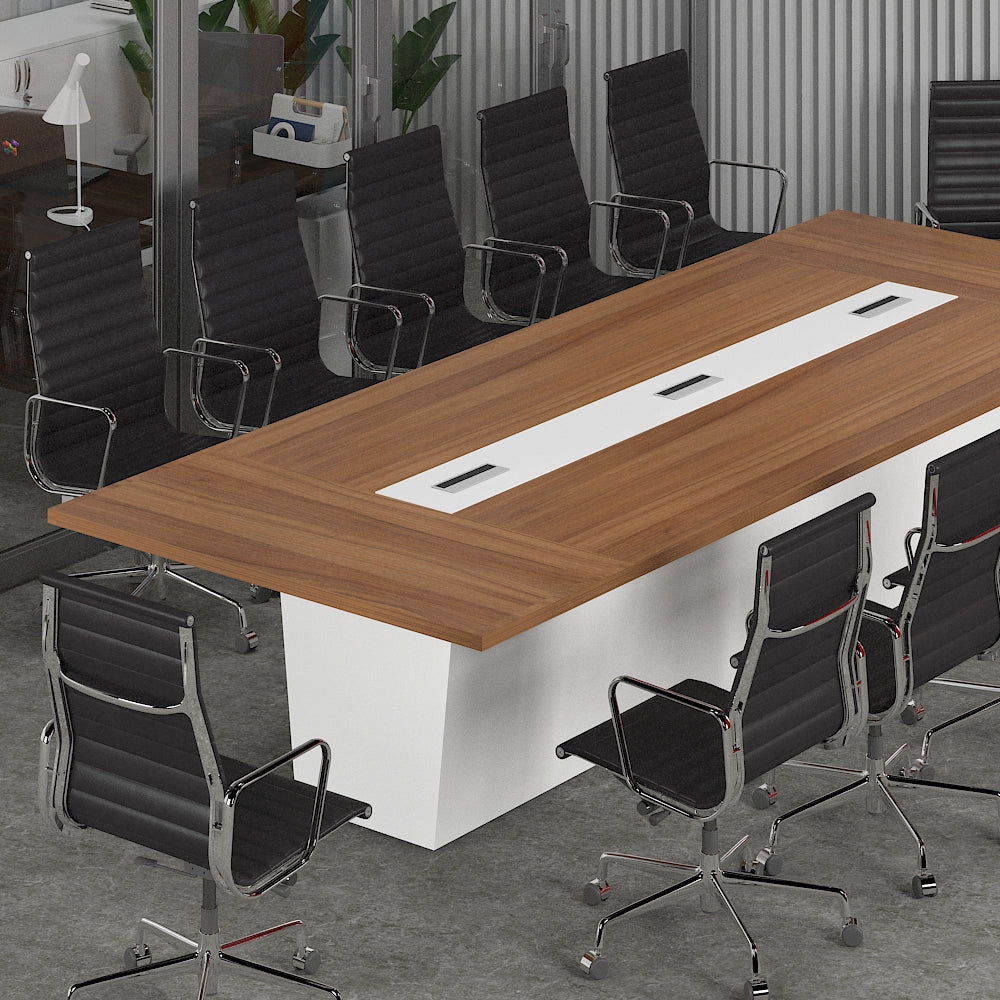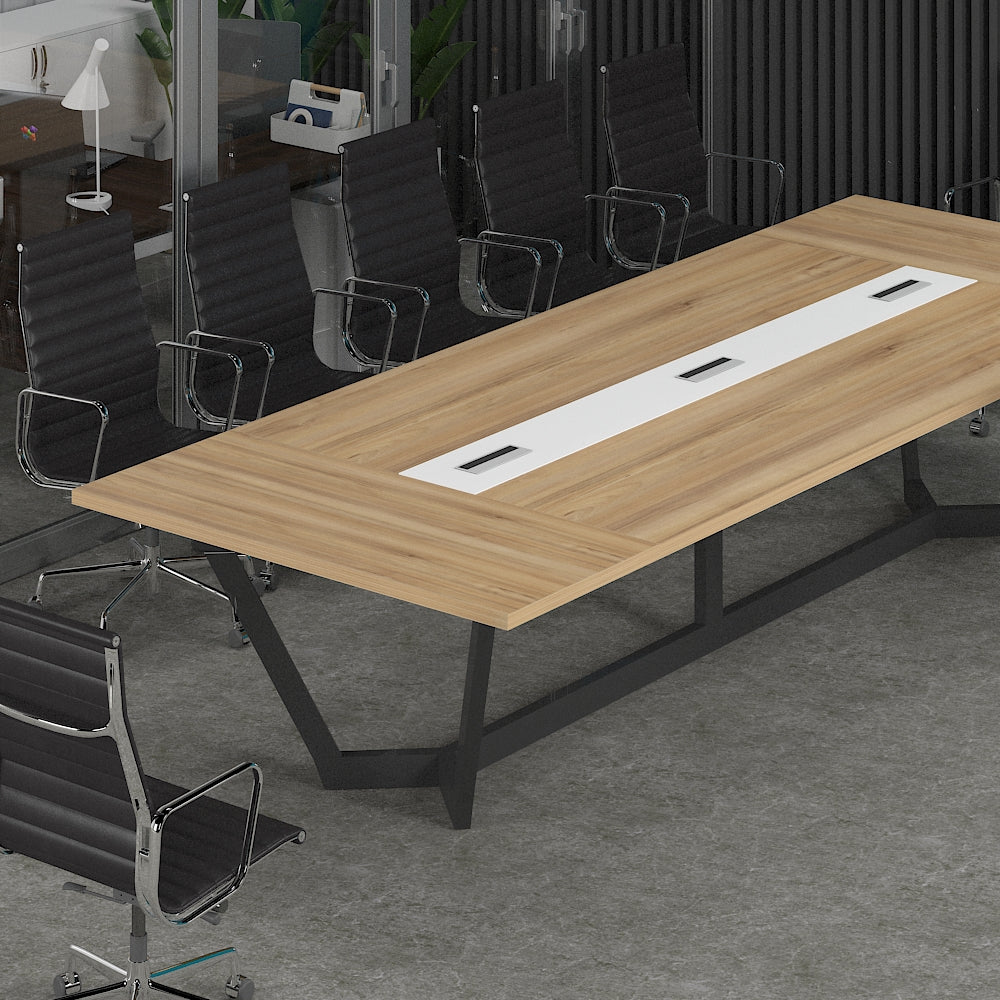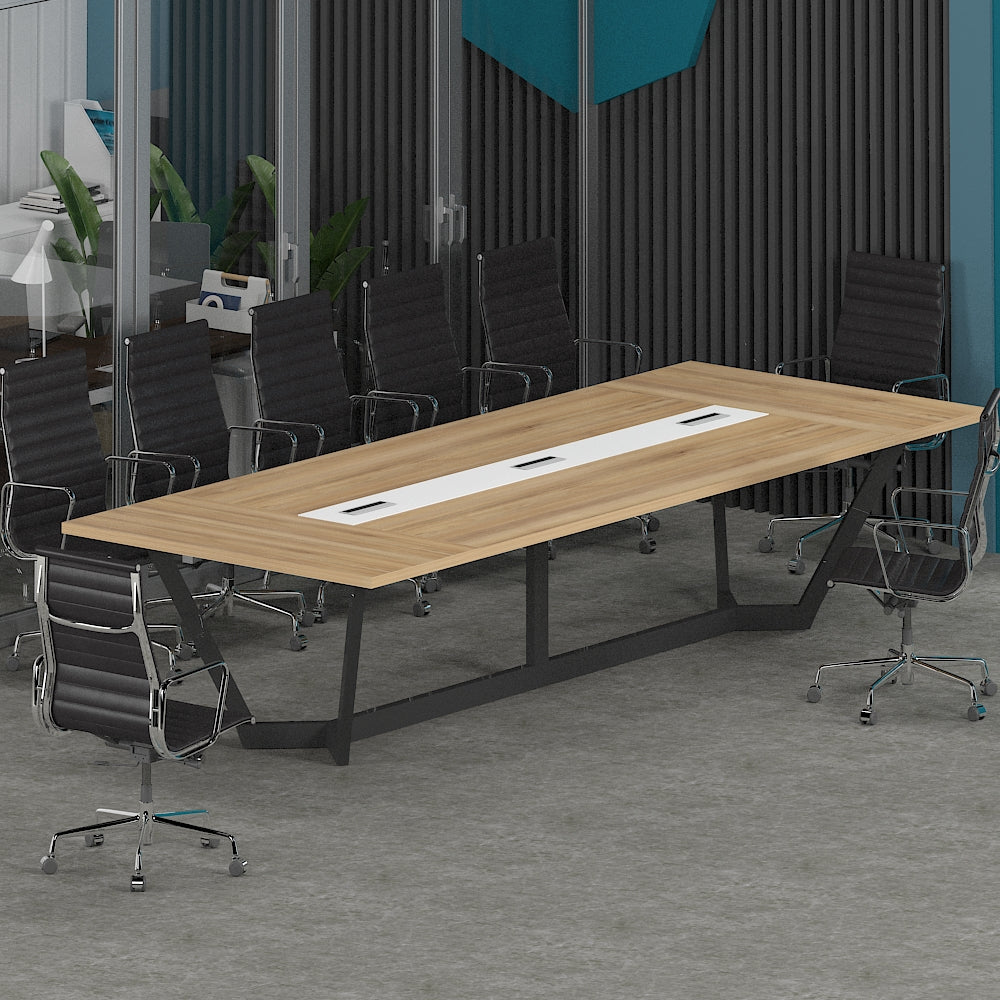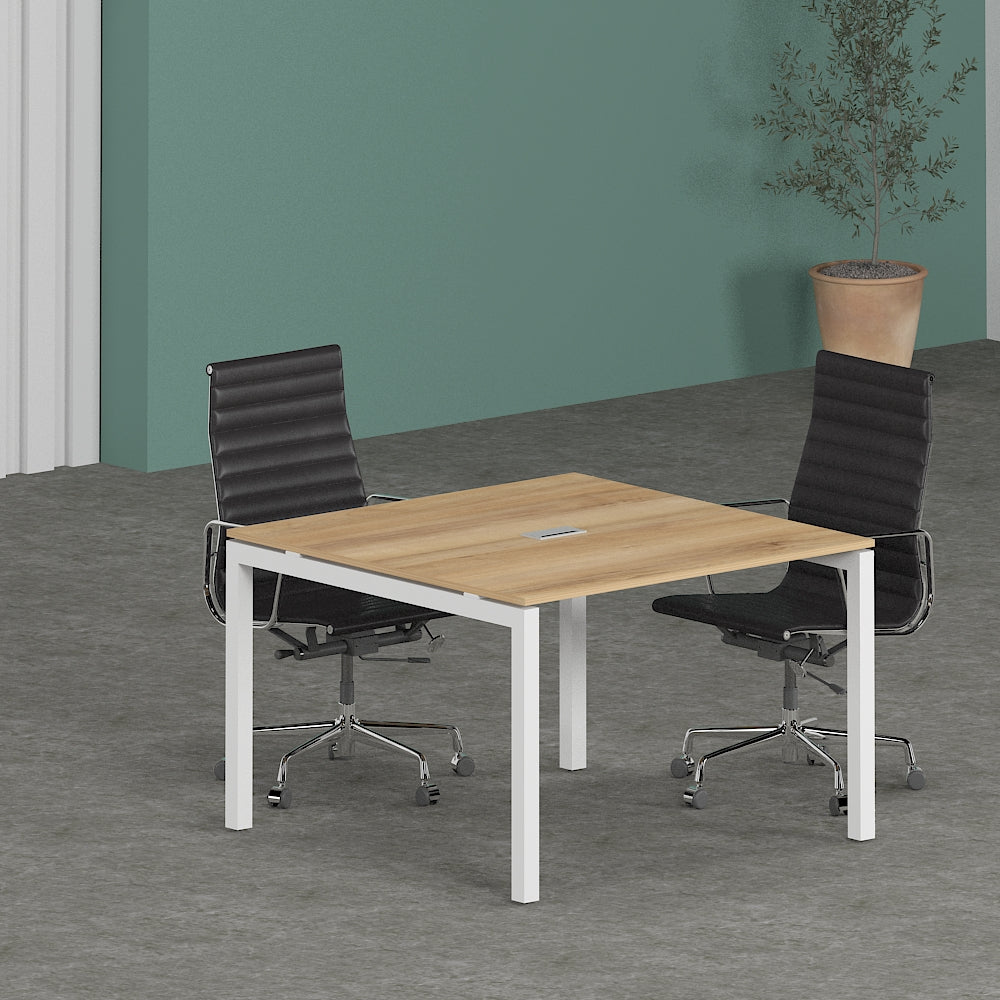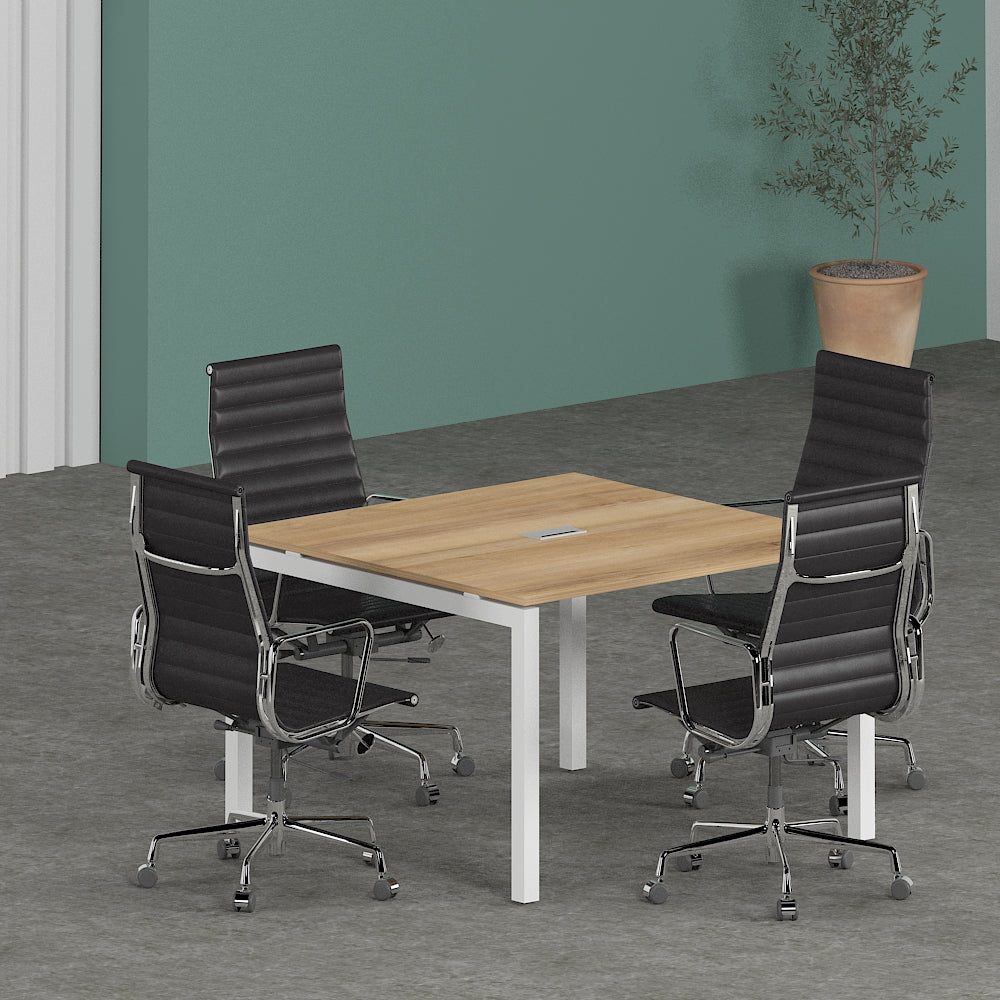Office furniture isn't just about desks and chairs anymore. It's about creating an environment that fosters productivity, collaboration, and comfort. Whether you're revamping your workspace or setting up a new office, choosing the right furniture is crucial for creating a functional and inviting atmosphere. In this article, we'll delve into the world of office furniture, exploring trends, design tips, ergonomic solutions, and much more.
Introduction to Office Furniture
What constitutes office furniture?
Office furniture encompasses a wide range of items, including desks, chairs, filing cabinets, shelving units, and storage solutions. It also extends to ergonomic accessories like keyboard trays and monitor stands. Essentially, any furniture or fixture found in an office setting falls under this category.
Importance of office furniture in workspace design
The layout and design of your office furniture can significantly impact employee productivity, morale, and well-being. Ergonomically designed furniture can reduce discomfort and prevent musculoskeletal issues, while aesthetically pleasing pieces can enhance the overall ambiance of the workspace.
Understanding Office Furniture Trends
Overview of current trends in office furniture
Office furniture trends are constantly evolving to meet the changing needs of modern workplaces. From open-plan layouts to flexible seating arrangements, today's trends prioritize functionality, comfort, and style. Keeping abreast of these trends can help you create a workspace that is both contemporary and conducive to productivity.
Factors influencing office furniture trends
Several factors drive the evolution of office furniture trends, including advancements in technology, changes in work culture, and shifts in design aesthetics. For example, the rise of remote work has led to a greater demand for versatile furniture that can accommodate both in-office and at-home use.
Ergonomics in Office Furniture
Definition of ergonomics in relation to office furniture
Ergonomics refers to the science of designing furniture and workspaces to fit the physical needs and capabilities of the human body. Ergonomically designed office furniture aims to minimize strain and discomfort, thereby reducing the risk of injury and improving overall well-being.
Benefits of ergonomic office furniture
Investing in ergonomic office furniture can yield numerous benefits for both employees and employers. Not only does it enhance comfort and productivity, but it also reduces absenteeism due to work-related injuries. By prioritizing ergonomics, businesses can create a safer and more supportive work environment.
Design Tips for Office Furniture
Importance of design in office furniture
Design plays a crucial role in office furniture, influencing everything from functionality to aesthetics. Well-designed furniture can optimize space, promote collaboration, and reflect the company's brand and culture. When selecting office furniture, consider both form and function to create a workspace that is both visually appealing and practical.
Practical design tips for a productive workspace
When designing your office layout, prioritize functionality and efficiency. Opt for modular furniture that can be easily reconfigured to accommodate changing needs. Additionally, pay attention to color schemes, lighting, and decor elements to create a harmonious and inspiring work environment.
Choosing the Right Office Furniture
Factors to consider when selecting office furniture
When choosing office furniture, consider factors such as comfort, durability, and functionality. Look for ergonomic features that support good posture and reduce strain, as well as durable materials that can withstand daily wear and tear. Additionally, consider the layout of your workspace and choose furniture that maximizes space and promotes workflow efficiency.
Budget considerations and quality assessment
While it's essential to stay within budget, prioritize quality when selecting office furniture. Investing in high-quality, durable pieces can save you money in the long run by reducing the need for frequent replacements. Consider the total cost of ownership, including maintenance and repair expenses, when evaluating different furniture options.
Innovative Office Furniture Ideas
Creative approaches to office furniture arrangement
Think outside the box when arranging your office furniture. Experiment with non-traditional layouts, such as circular or pod-style workstations, to encourage collaboration and communication. Incorporate flexible furniture solutions that can adapt to different tasks and work styles, allowing employees to customize their workspace to suit their needs.
Incorporating flexibility and adaptability
Flexibility is key in modern office design. Choose furniture that can easily be reconfigured or repurposed to accommodate changing needs and preferences. Consider modular desks, mobile storage units, and adjustable seating options that can adapt to the evolving demands of your workspace.
Sustainability in Office Furniture
The rising importance of sustainable furniture choices
With growing awareness of environmental issues, sustainability has become a significant consideration in office furniture selection. Look for furniture made from eco-friendly materials, such as recycled or responsibly sourced wood, and produced using sustainable manufacturing practices. Choosing sustainable furniture not only reduces your environmental footprint but also demonstrates your commitment to corporate social responsibility.
Green office furniture options and benefits
Green office furniture options abound, ranging from recycled and recyclable materials to energy-efficient designs. Sustainable furniture not only helps conserve natural resources but also promotes a healthier indoor environment by minimizing exposure to harmful chemicals and pollutants. Additionally, many sustainable furniture manufacturers offer certifications, such as LEED or BIFMA, to verify their environmental credentials.
Collaborative Workspaces and Furniture
Designing furniture for collaborative work environments
Collaboration is essential in today's workplace, and office furniture plays a crucial role in facilitating teamwork and communication. Choose furniture that encourages interaction and collaboration, such as communal work tables, lounge seating areas, and breakout spaces. Create zones for different types of activities, from brainstorming sessions to informal meetings, to support a variety of work styles.
Furniture solutions for team productivity and communication
Invest in furniture solutions that promote team productivity and communication. Consider collaborative furniture pieces, such as whiteboard tables or mobile presentation carts, that facilitate idea sharing and group work. Additionally, provide ample seating options, from traditional desks to cozy sofas, to accommodate different preferences and work styles.
Office Furniture for Remote Work
Adapting furniture for remote work setups
With the rise of remote work, it's essential to consider furniture solutions that support off-site productivity. Choose portable and lightweight furniture that can easily be transported between home and office, such as folding desks, ergonomic chairs, and compact storage units. Additionally, invest in technology accessories, such as laptop stands and monitor risers, to create a comfortable and ergonomic home office environment.
Ergonomic solutions for home office environments
Creating a comfortable and ergonomic home office is crucial for remote workers' well-being and productivity. Choose furniture that promotes good posture and reduces strain, such as adjustable desks and supportive seating. Additionally, prioritize natural light and proper ergonomics when designing your home workspace to minimize discomfort and maximize productivity.
Furniture for Small Office Spaces
Maximizing efficiency in compact work areas
Small office spaces require careful planning and optimization to maximize efficiency and functionality. Choose space-saving furniture solutions, such as modular desks, wall-mounted shelving units, and stackable chairs, to make the most of limited square footage. Additionally, consider multifunctional furniture pieces that serve dual purposes, such as a desk that doubles as a storage cabinet or a conference table that converts into a breakout area.
Space-saving furniture options and layout tips
When designing a small office layout, prioritize openness and flexibility to create a sense of spaciousness. Opt for minimalist furniture designs and neutral color palettes to visually enlarge the space. Additionally, use vertical storage solutions, such as tall bookcases or wall-mounted organizers, to maximize floor space and keep clutter to a minimum.
Incorporating Technology into Office Furniture
Integration of technology with modern office furniture
Technology plays an increasingly important role in the modern workplace, and office furniture is no exception. Look for furniture with built-in charging stations, integrated power outlets, and cable management systems to keep devices powered and organized. Additionally, consider interactive furniture solutions, such as touchscreen tables or digital whiteboards, that enhance collaboration and productivity.
Smart furniture solutions for connectivity and efficiency
Smart furniture is revolutionizing the way we work, offering innovative features that enhance connectivity and efficiency. Invest in smart desks that adjust height automatically based on user preferences or chairs equipped with sensors that monitor posture and provide real-time feedback. By integrating technology into office furniture, businesses can create a more connected and productive work environment.
Customization and Personalization in Office Furniture
Importance of personalized workstations
Personalization is key to creating a comfortable and productive workspace. Allow employees to customize their workstations with ergonomic accessories, decorative elements, and personal touches that reflect their individual preferences and needs. By empowering employees to personalize their workspace, businesses can boost morale, creativity, and productivity.
Customizable furniture options for individual preferences
Choose furniture solutions that offer flexibility and customization options to accommodate diverse user needs. Look for adjustable desks that can be raised or lowered to accommodate different heights and preferences, as well as modular seating systems that can be reconfigured to suit changing group dynamics. Additionally, consider customizable finishes and upholstery options that allow employees to tailor their furniture to match their personal style and preferences.
Tips for Maintaining Office Furniture
Best practices for furniture care and maintenance
Proper maintenance is essential for preserving the beauty and functionality of office furniture. Implement a regular cleaning schedule to remove dust, dirt, and stains from surfaces, and use appropriate cleaning products and techniques to avoid damage. Additionally, inspect furniture regularly for signs of wear and tear, and address any issues promptly to prevent further damage or deterioration.
Prolonging the lifespan of office furniture
Extend the lifespan of your office furniture by following simple care and maintenance tips. Avoid placing heavy objects on delicate surfaces, and use coasters or protective pads to prevent scratches and dents. Routinely tighten screws and bolts, and lubricate moving parts to ensure smooth operation. By investing time and effort in maintaining your office furniture, you can prolong its lifespan and maximize your investment.
Budget-Friendly Office Furniture Solutions
Affordable alternatives without compromising quality
Furnishing an office on a budget doesn't mean sacrificing quality or style. Look for affordable alternatives, such as pre-owned or refurbished furniture, to save money without compromising on quality. Additionally, consider leasing or renting furniture instead of purchasing outright to reduce upfront costs and preserve capital for other business expenses.
Tips for budget-conscious office furniture shopping
When shopping for office furniture on a budget, prioritize essential pieces that offer the best value for money. Invest in durable, multi-functional items that will withstand daily use and adapt to changing needs over time. Compare prices from multiple vendors, and take advantage of sales, discounts, and bulk purchasing options to maximize savings. With careful planning and smart shopping strategies, you can furnish your office affordably without sacrificing quality or style.
Conclusion
Office furniture plays a crucial role in creating a productive, comfortable, and inspiring workspace. By staying informed about current trends, prioritizing ergonomics and sustainability, and selecting furniture that meets your specific needs and budget, you can create a workspace that supports creativity, collaboration, and success.
FAQs (Frequently Asked Questions)
-
What are the key factors to consider when choosing office furniture?
- When selecting office furniture, consider factors such as comfort, durability, functionality, and aesthetics. Pay attention to ergonomics to promote employee health and well-being, and choose sustainable options to minimize environmental impact.
-
How can I maximize space in a small office?
- To maximize space in a small office, opt for space-saving furniture solutions such as modular desks, wall-mounted shelving units, and stackable chairs. Use vertical storage options to free up floor space, and keep the layout open and flexible to create a sense of spaciousness.
-
What are some budget-friendly office furniture options?
- Budget-friendly office furniture options include pre-owned or refurbished furniture, leasing or renting instead of purchasing outright, and taking advantage of sales, discounts, and bulk purchasing options. Prioritize essential pieces that offer the best value for money and consider the total cost of ownership, including maintenance and repair expenses.
-
How can I maintain my office furniture to prolong its lifespan?
- To prolong the lifespan of your office furniture, implement a regular cleaning schedule using appropriate cleaning products and techniques. Inspect furniture regularly for signs of wear and tear, and address any issues promptly to prevent further damage. Avoid placing heavy objects on delicate surfaces, and routinely tighten screws and bolts to ensure stability.
-
What are some innovative office furniture ideas for promoting collaboration and creativity?
- Some innovative office furniture ideas for promoting collaboration and creativity include communal work tables, lounge seating areas, and breakout spaces. Choose furniture that encourages interaction and flexibility, such as whiteboard tables or mobile presentation carts, to facilitate idea sharing and group work.
